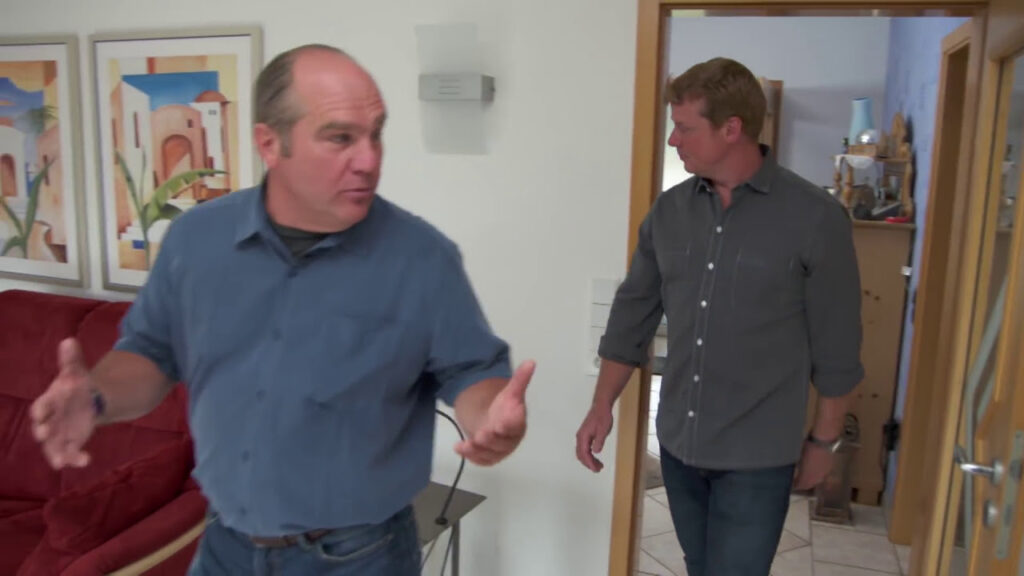Energy efficiency is a crucial aspect of modern home design and management. As energy costs continue to rise and environmental concerns become more pressing, homeowners are increasingly seeking ways to reduce their energy consumption and improve the overall efficiency of their homes. This blog post aims to provide a comprehensive understanding of home energy efficiency, its importance, and practical ways to enhance it.
Importance of Home Energy Efficiency
Home energy efficiency is essential for several reasons:
Environmental Impact
Reducing energy consumption in homes can significantly lower carbon emissions and contribute to a more sustainable future. Energy-efficient homes help mitigate the environmental impact of residential energy use, which accounts for a significant portion of overall greenhouse gas emissions.
Cost Savings
Improving home energy efficiency can lead to substantial cost savings for homeowners. By reducing energy consumption, homeowners can lower their utility bills and enjoy long-term financial benefits.
Increased Comfort
Energy-efficient homes often provide better indoor comfort, with more consistent temperatures, improved air quality, and reduced drafts or temperature fluctuations.
Home Value
Homes with proven energy efficiency features tend to have higher market values, making them more attractive to potential buyers and increasing the overall value of the property.
Ways to Improve Home Energy Efficiency

There are numerous strategies and technologies homeowners can employ to enhance the energy efficiency of their homes. Some of the most effective approaches include:
Insulation and Airtightness
Proper insulation and air sealing are critical for improving a home’s energy efficiency. Ensuring adequate insulation in walls, attics, and crawl spaces can significantly reduce heat loss or gain, leading to lower heating and cooling demands.
High-Efficiency Windows and Doors
Upgrading to energy-efficient windows and doors can help minimize air leaks, improve thermal performance, and reduce energy consumption for heating and cooling.
Heating, Ventilation, and Air Conditioning (HVAC) Systems
Replacing older, less efficient HVAC systems with modern, high-efficiency models can greatly improve a home’s energy performance. Additionally, proper HVAC maintenance and upgrading to smart thermostats can further enhance efficiency.
Lighting Upgrades
Transitioning to energy-efficient lighting options, such as LED bulbs, can significantly reduce a home’s electricity usage and associated costs.
Renewable Energy Systems
Integrating renewable energy systems, such as solar photovoltaic panels, can offset a significant portion of a home’s energy needs and reduce reliance on grid-supplied electricity.
Appliance and Electronics Efficiency
Selecting energy-efficient appliances and electronics, and minimizing the use of high-energy-consuming devices, can contribute to overall home energy savings.
Water Efficiency
Implementing water-efficient fixtures, such as low-flow showerheads and faucets, and addressing any water leaks can help reduce the energy required for water heating.
Benefits of Energy Efficient Homes

The benefits of living in an energy-efficient home are numerous and far-reaching:
Lower Energy Bills
By reducing energy consumption, homeowners can enjoy substantial savings on their monthly utility bills, providing long-term financial benefits.
Increased Comfort and Indoor Air Quality
Energy-efficient homes often have better insulation, air sealing, and ventilation, leading to more consistent temperatures, reduced drafts, and improved indoor air quality.
Environmental Sustainability
Energy-efficient homes have a significantly lower carbon footprint, contributing to a more sustainable future by reducing greenhouse gas emissions and minimizing the environmental impact of residential energy use.
Higher Home Value
Homes with proven energy efficiency features are often more attractive to potential buyers, resulting in increased property values and better resale opportunities.
Health and Wellbeing
Improved indoor air quality and thermal comfort in energy-efficient homes can positively impact the health and well-being of occupants, reducing the risk of respiratory issues and other health concerns.
Common Home Energy Efficiency Myths
Despite the numerous benefits of energy-efficient homes, there are some common myths and misconceptions that homeowners may encounter:
Myth 1: Energy-efficient homes are more expensive to build
Reality: While the upfront costs of energy-efficient features may be higher, the long-term energy savings and increased home value often offset these costs, making energy-efficient homes a sound investment.
Myth 2: Energy-efficient homes are less comfortable
Reality: Properly designed and constructed energy-efficient homes can provide superior thermal comfort, improved air quality, and better temperature control compared to traditional homes.
Myth 3: Renewable energy systems are not cost-effective
Reality: The costs of renewable energy systems, such as solar panels, have been steadily declining, and the long-term savings on energy bills can make them a highly cost-effective investment for many homeowners.
Myth 4: Energy-efficient homes require significant lifestyle changes
Reality: Implementing energy-efficient features in a home does not necessitate major lifestyle changes for the occupants. Many of the improvements are seamless and require minimal adjustments to daily routines.
Myth 5: Older homes cannot be made energy-efficient
Reality: With the right retrofitting and upgrades, even older homes can be transformed into energy-efficient dwellings, providing the same benefits as newly constructed energy-efficient homes.
Case Studies of Energy Efficient Homes
To illustrate the real-world impact of energy-efficient homes, let’s examine a few case studies:
Case Study 1: Net-Zero Energy Home
A newly constructed net-zero energy home in a temperate climate achieved a remarkable Energy Use Intensity (EUI) of just 18 kWh/m²/year, with a combination of high-performance insulation, airtight construction, efficient HVAC systems, and a rooftop solar photovoltaic system. The homeowners reported substantial energy cost savings and a consistently comfortable indoor environment.
Case Study 2: Historic Home Renovation
An elderly couple undertook a comprehensive renovation of their 1920s-era home, focusing on improving energy efficiency. By adding insulation, upgrading windows, and installing a high-efficiency HVAC system, they were able to reduce their annual energy consumption by over 50%, leading to significant cost savings and a more comfortable living environment.
Case Study 3: Passive House Design
A family in a cold climate built a new home using the Passive House design standard, which emphasizes airtight construction, superinsulation, and the use of renewable energy sources. The home achieved an EUI of just 12 kWh/m²/year, and the homeowners reported exceptional thermal comfort and a near-elimination of heating and cooling costs.
Conclusion
Improving home energy efficiency is a crucial step towards a more sustainable future, offering a wide range of benefits for homeowners and the environment. By understanding the importance of energy-efficient homes, exploring practical ways to enhance efficiency, and dispelling common myths, homeowners can make informed decisions and take meaningful actions to create comfortable, cost-effective, and eco-friendly living spaces.
